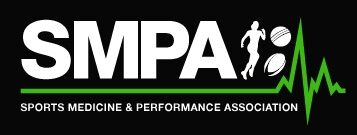
Factors predicting disordered eating and the prevalence of eating disorders in adolescent elite athletes, trained athletes and a reference group: a prospective controlled two-step study
Christine Sundgot-Borgen ,1 Jorunn Sundgot-Borgen ,2 Nina Sølvberg ,2 Monica Klungland Torstveit ,3 Margo Mountjoy ,4 Therese Fostervold Mathisen5
Abstract
Objective To prospectively examine the prevalence of diagnosed eating disorders (ED-diagnosis), ED-symptoms and factors predicting ED-symptoms in three male and female high school student groups: elite athletes, trained athletes and a non-athlete reference group at baseline (T1) and 1-year follow-up (T2).
Methods A survey was administered at baseline (T1) (n=1186) and 1-year follow-up (T2) (n=1144) (step-one). Participants classified with ED-symptoms by the Eating Disorder Examination Questionnaire (EDEQ 6.0) at T2 were invited to a diagnostic interview (step-two).
Results Prevalence of ED-diagnosis for males and females were 6.9% and 9.3% in elite athletes, 5.9% and 11.2% in trained athletes and 3.0% and 11.9% in references, respectively. No group differences were statistically significant. Male references had more ED-symptoms compared with elite and trained male athletes (EDEQ-global score 0.81 vs <0.55), while elite female athletes had fewer ED-symptoms compared with trained female athletes and female references (EDEQ-global score 1.14 vs >1.59). Trained female athletes increased ED-symptoms over time, whereas elite female athletes consistently had fewer ED-symptoms in comparison. High ED-symptom presentation was predicted by high body mass index and more psychological distress in males, whereas for females, ED-symptoms were predicted by lower resilience, more psychological distress and being a non-athlete reference.
Conclusion No statistically significant group differences in the prevalence of ED-diagnosis were observed between elite athletes, trained athletes and a non-athlete reference group. Female elite athletes had fewer ED-symptoms compared with other female groups, and male references had more ED-symptoms compared with male athlete groups. Preventive measures that address psychological resilience and distress should be considered.
